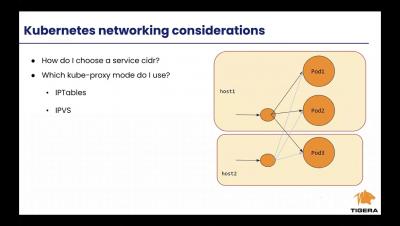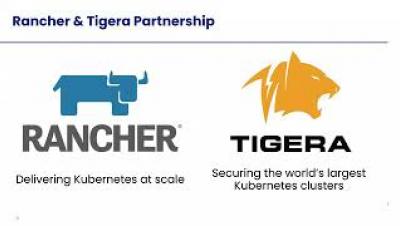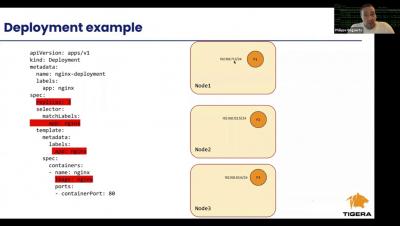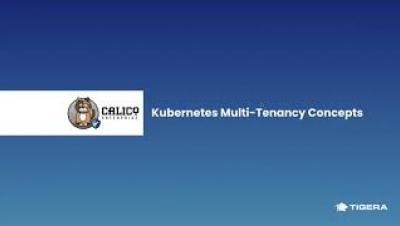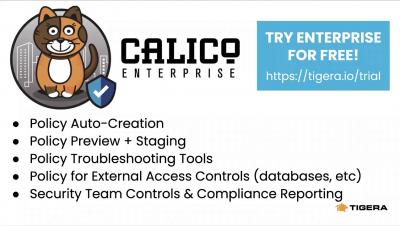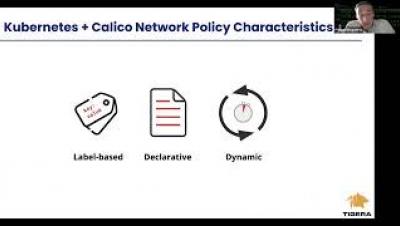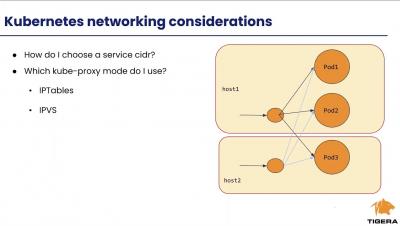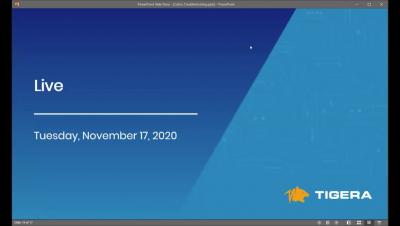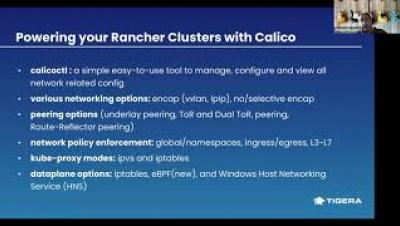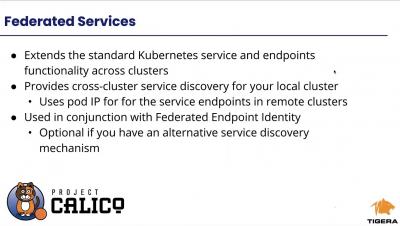Getting up and running with Calico On-Prem
If you are deploying Kubernetes on-premises in your datacenter, you won’t want to miss this talk and demo. The first thing you’re thinking about might not be networking, but without some knowledge of the networking decisions you’ll need to make, and what the right option is given your environment, you’re likely to get stuck or make the wrong assumptions that may limit your ability to scale or integrate with the rest of the datacenter network.


